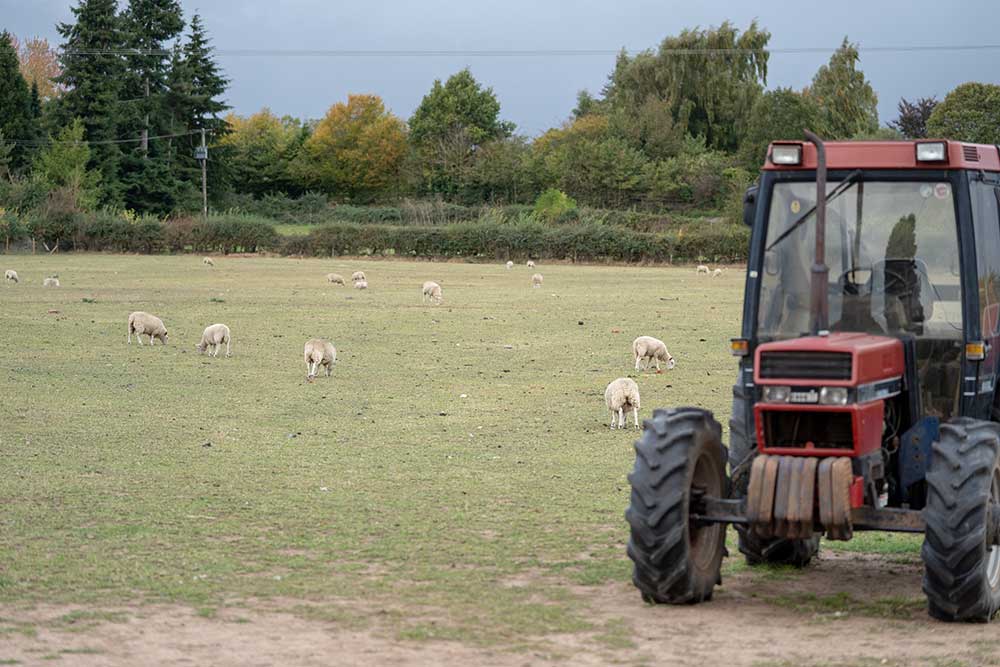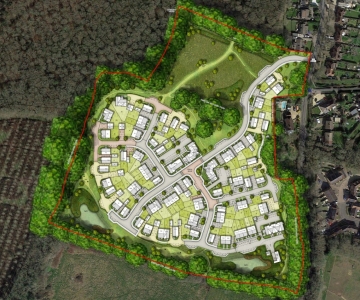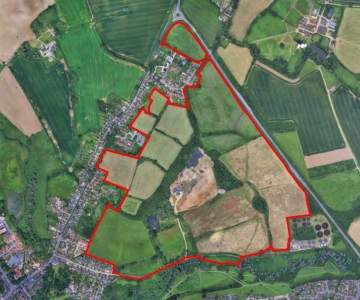Proposed reforms to the National Planning Policy Framework and other changes to the planning system.
The new Labour Government have published the much anticipated revised National Planning Policy Framework (NPPF). This is a draft document and is subject to an 8 week consultation period.
As expected, the changes made to the NPPF in December 2023 are largely to be rescinded.
However, the latest consultation goes further in line with the objective of supporting an increase in housebuilding and delivering economic growth.
Below are the key changes proposed:
Changes to Housing Need
As expected NPPF 24 reintroduces the need for Local Planning Authority’s (LPA) to meet their housing need set by the Government.
There has also been a reassessment of the housing need target for each LPA which results in an overall annual national total of 370,000 new homes and an increase in housing targets for many authorities.
The housing targets are to become mandatory, and LPAs will need to demonstrate that they have taken all possible steps, including optimising density, sharing need with neighbouring authorities and reviewing green belt boundaries before a lower housing requirement figure can be considered.
The changes made by the previous Government had created much confusion and delay to Local Plans being produced, it is hoped that this clarification removes the uncertainty on the number of homes each authority is required to deliver.

Presumption in Favour of Sustainable Development
The changes made to the NPPF in December significantly weakened the application of the presumption in favour.
Helpfully the proposed changes dispenses with the 4 year housing land supply argument and the removal of the need for LPAs to maintain a five year housing land supply if their Local Plan is less than 5 years old.
LPAs will need to maintain a 5 year housing land supply at all times, whatever the age or status of their Local Plan.
Changes to Green Belt Policy
Labour’s biggest policy initiative is reform to the Green Belt.
Whilst it still retains significant protection, LPAs are required to undertake a Green Belt Review as part of their Local Plan process where the authority cannot meet its identified housing, commercial or other need without altering the Green Belt boundaries.
This review should focus on identifying the poorest performing Green Belt which Labour label ‘Grey Belt’.
The definition of grey belt is fairly loose, and we expect will be subject to much debate. However, these changes will place a far greater pressure on those authorities which have used Green Belt to justify a lower housing target.
The new NPPF does introduce some “golden rules” when developing the Green Belt, these include the provision of at least 50% affordable housing, relevant infrastructure requirements and new green spaces.
The last two provisions pose little change to the existing expectations for all new developments; however, the higher affordable housing provision is likely to be an increase on current policy requirements.

Intervention
It is proposed that LPAs that fail to do what is required to get their plan in place, or keep it up to date, would be at risk of government intervention.
It proposes that decisions on intervention should have regard to local development needs; sub-regional, regional and national development needs; or plan progress.
Agricultural land
The footnote introduced in December 2023 that made the availability of agricultural land for food production an explicit consideration in determining if sites are appropriate for development is to be removed.
There are a number of other changes, such as the removal of the word “beautiful” when describing appropriate design standards.
A negative though is unfortunately NPPF 24 retains the 5 year protection given to Neighbourhood Plans in NPPF 23.
This will be a difficult challenge for decision makers such as Inspectors or LPA’s to navigate, as deciding whether a Neighbourhood Plan is up to date and meeting its housing need is going to be a difficult task in the context of such high housing requirements.

We will have to wait to see what survives the consultation and is finally adopted; however, this does demonstrate a significant step change and one where we think can only help increase opportunities for future development of land.
Catesby Estates will be reviewing the document in more detail and making appropriate representations to the consultation. To read the document and find out more about the consultation, click here.
It is anticipated the final document will be published in November, in the meantime we will be closely monitoring the reactions to the changes and the implications this has on the planning strategies.
If you have any queries or would like to set up a meeting to discuss your land in more detail and potential opportunities, please do not hesitate to contact our planning team.
01788 726810 / info@catesbyestates.co.uk




